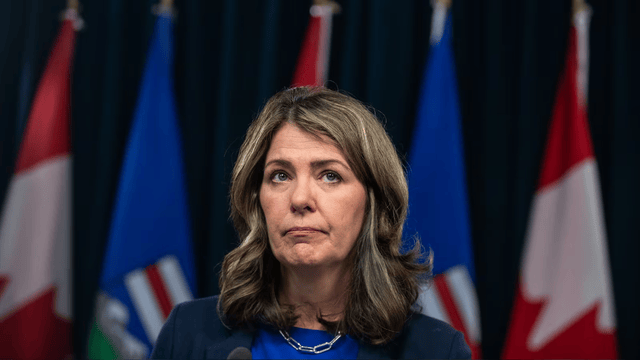
FR day FR Euro Photo.
Canada is exploring the use of unmanned warships as the United States conducts trials with "ghost fleets" of robotic ships. Vice Admiral Angus Topshee, speaking to CBC News, highlighted the necessity for navies to adapt to a changing technological landscape, where weapons operate increasingly at a distance. While large surface ships and combat submarines remain essential, Topshee emphasized the importance of integrating automated ships and naval drones into naval operations, citing their effectiveness in conflicts such as the one in Ukraine.
In the Black Sea, Ukrainian forces have successfully targeted large Russian ships using small, remotely controlled drones armed with explosives. This development underscores the growing significance of unmanned systems in modern naval warfare.
The US Navy has been testing unmanned surface vessels (USVs) for several years, culminating in the creation of a flotilla of unmanned boats in the Pacific. These USVs have proven successful, prompting plans for a second unit expected to operate alongside conventional warships.
Meanwhile, Canada is in the early stages of evaluating unmanned ship capabilities. Vice Admiral Topshee emphasized the need to determine the appropriate mix of unmanned ships within the fleet. A comprehensive study is underway to assess various types of autonomous vessels and their potential roles in future naval operations.
The study extends beyond small, explosive-laden speedboats to include larger unmanned ships like the US Navy's Sea Hunter minesweeper. These vessels, equipped with advanced computer systems, can operate autonomously while being monitored remotely by human operators. The potential integration of such ships into Canada's naval fleet is being closely examined.
Australia has also recognized the significance of unmanned ships and plans to augment its fleet with unmanned destroyers, frigates, and large optionally crewed surface ships (LOSVs). These additions represent a significant departure from traditional naval operations, where all ships were crewed by trained personnel.
Vice Admiral Topshee is closely monitoring these developments, seeing them as potential additions to Canada's naval capabilities. He envisions integrating unmanned systems, both small autonomous vehicles and larger platforms, into the Canadian surface combatant program.
However, the proliferation of unmanned ships raises questions about the future of naval warfare. Naval historian Marc Milner acknowledges the importance of unmanned vessels in near-shore operations but suggests that current threats are manageable for conventional navies. While the US Navy is exploring the use of swarms of drones for coordinated attacks, Milner believes that the immediate danger in littoral waters remains limited.
Overall, the adoption of unmanned ships represents a significant shift in naval strategy, with implications for maritime security and defense. As navies continue to grapple with evolving threats and technologies, the role of unmanned systems is likely to become increasingly prominent in future naval operations.















